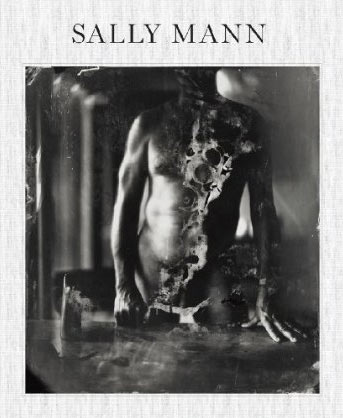Review: Proud Flesh by Sally Mann

Sally Mann’s Immediate Family is probably the most important portrait of a photographer’s children produced so far. It contains unbelievably strong and powerful images, and - crucially - it portrays the children in a way that goes way beyond the usual sentimentality that, unfortunately, is so common in this type of work. I have always been under the impression that because of its success (and despite the various utterly silly scandals around the nudity) Immediate Family
must have been an immense burden for the photographer - maybe just a subconscious one: Where to go from there?
I will admit that Mann’s subsequent work, published in Deep South or What Remains
, strikes me as weak. This is because when looking at What Remains
I’m wondering what happened to the photographer of Immediate Family
: I am aware of mortality, but I don’t feel anything when looking at the images in What Remains
. I will also admit that I’ve always felt bad about not liking these bodies of work, because in a way I thought I am not doing the photographer justice: Am I not to take what is presented, instead of expecting something? But then, why can’t I expect something, given that Immediate Family
was clearly more than just a stroke of luck?
Finally, I will admit that I experienced a bit of trepidation when learning about Mann’s new work: I was clearly hoping for another Immediate Family (I’m talking about quality, not content, here, of course) and not another Deep South
. When I then saw the images that are now being published in Proud Flesh
I realized that I got something in between, but - thankfully! - much closer to what I had hoped for than what I had feared. In a nutshell, in Proud Flesh
Sally Mann takes the technique used in What Remains
(those hand-made large-format plates) and applies them to a subject very close to the photographer, her husband Larry.
Proud Flesh is a very intimate portrait of a man by a woman - a portrait that ultimately derives its success from the very deep trust between them (it is worthwhile to go back to the artist’s thoughts about the body of work). Unlike in Deep South
or What Remains
, the technique (with all its imperfections) complements the images, instead of trying to make them. And this is a very important point. In What Remains
, it is almost as if the viewer is pushed towards the decay - see all those imperfections in the images? Proud Flesh
, the portrait of a man who suffers from a form of muscular dystrophy, does not do that.
The strongest images in a have a quality that rivals that of what we were given in Immediate Family
: Unlike the photographer, we have no deep, intimate knowledge of the portrayed, yet the images speak to us as if we did. This, of course, is the true essence of photography that portrays family, an essence that is extremely hard to reach; and I’m excited to see that Sally Mann has reminded us of that essence again.
Proud Flesh, photography by Sally Mann, with an introduction by C.D. Wright, 64 pages, Aperture/Gagosian Gallery